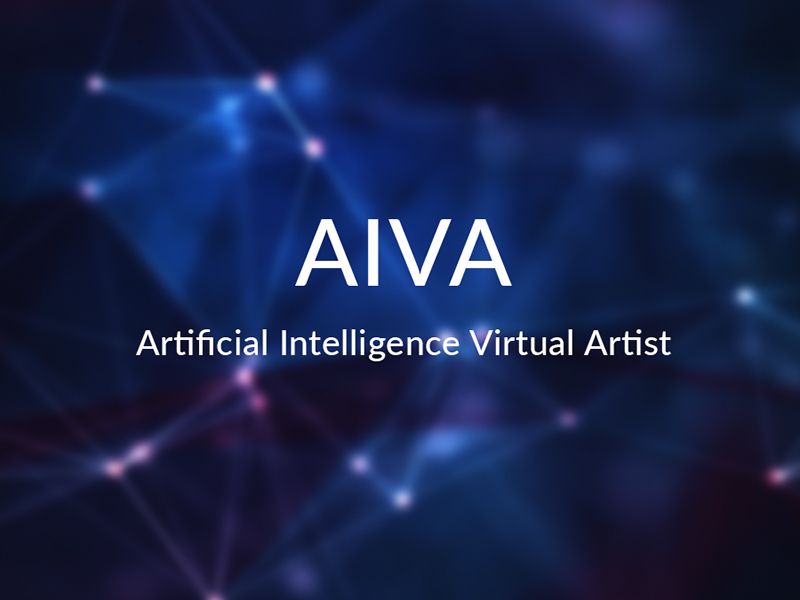We are used to reading news about how machines are going to revolutionize many sectors, especially industrial ones. It is estimated that between 400 and 800 million people will be displaced from their jobs until 2030, figures that cause concern, especially in those working in jobs that can be automated, such as assembly line operators. Fortunately, all this automation leads to the creation of other types of jobs, and the arrival of robots will increase the productivity and investment capacity of companies, which will make them more competitive, so not everything is so bad in this scenario that many call apocalyptic.
But in this article we're going to focus on something that hasn't been talked about much so far: How can this automation affect artistic work? And more specifically, what will happen to us designers when Skynet dominates the world?
At first glance, many of you will think that a computer will never be able to design a poster, paint a picture or even compose a song. But I'm sorry to tell you that all those things have already happened.

Aiva is a music composer generated by an AI capable of composing different genres of music.
Click on the image to watch the video.
The key is in the Big Data
Recently, Google launched Poem Portraits a website that generates poems from a word chosen by the user. If you are wondering how a computer can create a poem, the answer is in the Big Data. A machine cannot compose a poem on its own, but when it has a database with more than 20 million words extracted from 19th century poems, things change. The algorithm compares the word suggested by the user with thousands of poems in just a fraction of a second and generates a composition with greater or lesser success.
Obviously, machines are still far from being competitive in these fields, but at the speed that technology advances in the field of AI, together with the arrival of increasingly powerful processors, we can foresee that in less than 5 years we will be able to witness truly amazing things.
Design and Big Data... WTF?
Today, designers have reference websites such as Behance or Dribbble. Spaces in which thousands of professionals upload their portfolio with great detail and also categorize them using tags. As if that wasn't enough, the rest of users can value those projects, so that, without realizing it, we are creating gigantic databases with the aesthetic preferences of millions of people, segmented by age, geographically, categories... this is Big Data in its purest form.
And now for the good stuff: What would happen if a robot tracked these pages and indexed all their information so that an algorithm could then create a design? Is that feasible?
Nowadays, it seems unlikely that something like that could happen, but it would not be surprising that in a shorter period of time than we imagine something similar can take place.
Perhaps the day will come when a person without any design knowledge enters a website to create the logo of their company, inputs the relevant information about it, and the algorithm compares that information with thousands of logos, photographs, brand manuals, colour palettes, applications ... Generating in a matter of seconds a new brand with its own style manual included. At this point, we can only emulate Terminator by paraphrasing its mythical phrase: "Sayonara baby".